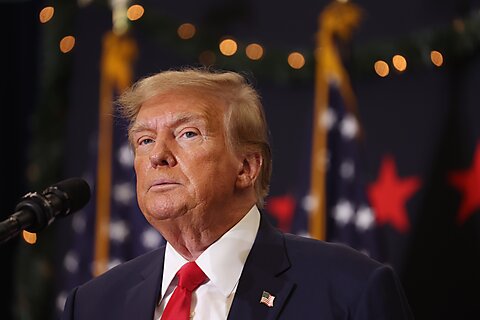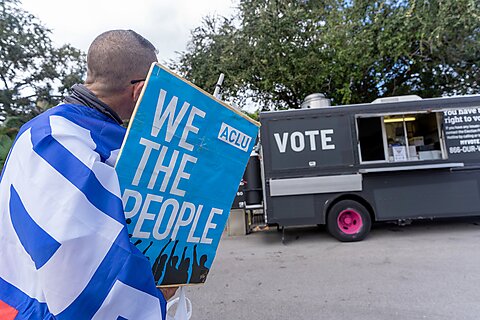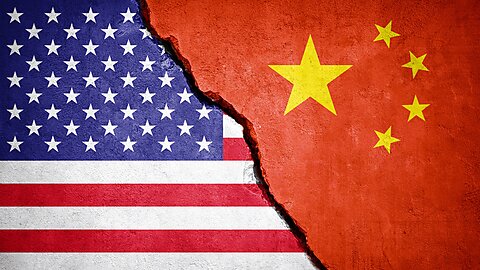Recent articles in the New York Times and Wall Street Journal highlighted difficulties facing the offshore wind industry. Among them: Jones Act protectionism and a lack of specialized vessels to assemble offshore wind turbines. While the newspapers note that a new US‐built vessel that complies with the 1920 law should help alleviate some of these issues, they also make clear that it suffers from problems that will offset some of the vessel’s anticipated benefits.
Wind turbine installation vessels (WTIVs) play a critical role in the construction of offshore wind farms. Featuring a giant crane, these vessels typically transport turbine components such as the tower, blades, and nacelles from a port to the installation site and set them into place.
At least, that’s how it’s typically done in the rest of the world.
The Jones Act, however, means that only US‐built and US‐registered vessels can transport goods by water in the United States. No existing WTIVs comply with these restrictions, barring them from transporting wind turbine components to installation sites from nearby US ports.
Instead, these vessels must use a workaround. One method is operating out of a foreign port, such as in Canada. Another is for the vessel to position itself at the installation site and have the needed components transported to it by Jones Act‐compliant “feeder barges.”
Both bring with them significant disadvantages. Canadian ports can be hundreds of miles away from wind turbine installation sites, lengthening project timelines and adding costs. Feeder vessels, meanwhile, add complexity and risk to projects. The New York Times provides an example of the downsides of this latter approach:
In early November, the first barge to leave New London loaded with turbine parts had to return still carrying three blades because of a mechanical problem transferring them to a ship. It was not until two weeks later that the barge was able to make another eight‐hour round trip and a successful transfer.
In other words, the Jones Act forces these vessels to be inefficiently used. While frustrating under any circumstance, it’s particularly so given that WTIVs are relatively rare—fewer than three dozen are operating outside of China—and highly sought after. Chartering these vessels can cost up to $350,000 per day.
In 2020, Dominion Energy announced its decision to order a WTIV from a Texas shipyard to eliminate the need for Jones Act workarounds. Named the Charybdis, it is projected to operate at least twice as fast as installation vessels relying on feeder barges. Such efficiency gains, however, will be at least partially offset by the new vessel’s substantial price tag. Originally set to cost $500 million, that amount has since increased to $625 million.
That’s approximately $300 million more than similar vessels built overseas.
Indeed, in 2021 a vessel very similar to the Charybdis—the same model, in fact (GustoMSC NG-16000X)—was ordered from a South Korean shipyard for $330 million. Beyond its lower price, the South Korean‐built vessel also features a more powerful crane—arguably the vessel’s most important feature—capable of lifting 2,600 metric tons compared to 2,200 metric tons for the Charybdis.
But rising costs aren’t the Charybdis’ only problem. Delays in the vessel’s construction have seen its projected delivery pushed back from late 2023 to late 2024 or early 2025.
That’s not a surprise. The shipyard building the Charybdis signed a contract to deliver two containerships in 2020, but the first ship wasn’t delivered until 2022 and the second in 2023. A hopper dredge scheduled for completion this past spring hasn’t yet been delivered either.
The Charybdis’ delayed delivery means additional headaches for US offshore wind projects. Danish energy firm Ørsted had agreed to charter the vessel for use on its Revolution Wind project off the coast of Long Island but has had to scramble for alternatives. The vessel it lined up as a replacement is both foreign‐built and foreign‐flagged, necessitating the continued use of Jones Act workarounds.
Even after the Charybdis is delivered, however, inefficiencies stemming from the Jones Act will continue for the foreseeable future. The Department of Energy has estimated that between four and six WTIVs are needed to meet US offshore wind energy needs. But the Charybdis is the only one under construction that will meet the Jones Act’s requirements.
One firm considered building such a second Jones Act‐compliant WTIV but then backed out last year over concerns (apparently very well‐placed!) that the shipyard—the same one building the Charybdis—couldn’t deliver the vessel on time. The company concluded that building such vessels for the Jones Act market wasn’t profitable.
The Jones Act has increased the cost and complexity of developing offshore wind while failing to spur the construction of WTIVs beyond a single costly and delayed vessel. For offshore wind developers, this has to be the worst of both worlds. But so long as Congress refuses to confront the maritime lobby, Jones Act‐induced hindrances will remain a feature of offshore wind farm construction.









